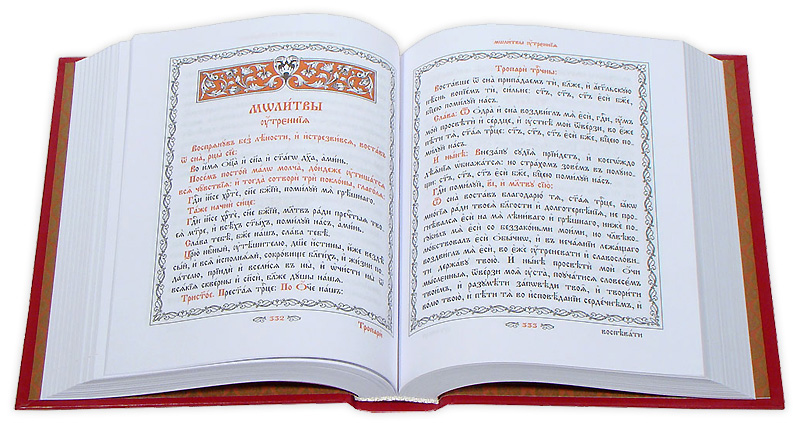 With all of this pre-Lenten talk of the Great Canon, there must be newer parishioners asking “but what is a canon?!?”
With all of this pre-Lenten talk of the Great Canon, there must be newer parishioners asking “but what is a canon?!?”
In this case we are talking of a hymn-cycle written to reflect the Biblical Odes, with hymn verses (troparia) alternating with refrains.
A good explanation is to be found on orthowiki, so we will simply quote:
“There are nine Biblical Canticles that are chanted at Matins These form the basis of the Canon, a major component of Matins.
The nine Canticles are as follows:
Canticle One – The (First) Song of Moses (Exodus 15:1-19)
Canticle Two – The (Second) Song of Moses (Deuteronomy 32:1-43)
Canticle Three – The Prayer of Hannah (I Kings 2:1-10) KJV: 1+Samuel 2:1-10
Canticle Four – The Prayer of Habakkuk (Habakkuk 3:1-19)
Canticle Five – The Prayer of Isaiah (Isaiah 26:9-20)
Canticle Six – The Prayer of Jonah (Jonah 2:2-9)
Canticle Seven – The Prayer of the Three Holy Children (Daniel 3:26-56)
Canticle Eight – The Song of the Three Holy Children (Daniel 3:57-88)
Canticle Nine – The Song of the Theotokos (the Magnificat: Luke 1:46-55); the Song of Zacharias (the Benedictus Luke 1:68-79)
Originally, these Canticles were chanted in their entirety every day, with a short refrain inserted between each verse. Eventually, short verses (troparia) were composed to replace these refrains, a process traditionally inaugurated by Saint Andrew of Crete.
Gradually over the centuries, the verses of the Biblical Canticles were omitted (except for the Magnificat) and only the composed troparia were read, linked to the original canticles by an Irmos. During Great Lent however, the original Biblical Canticles are still read.
Another Biblical Canticle, the The Song of Simeon (Luke 2:29-32), is either read or sung at Vespers.”
Source: https://orthodoxwiki.org/Biblical_Odes
The canons – usually, but not always appointed to be chanted during matins – are a great liturgical treasure of our Church, and a great accomplishment of Byzantine hymnography, associated with some great hymnographers: St Andrew of Crete, St John of Damascus, St Joseph the Hymnographer.
The first two names are, of course, particularly associated with two of the great liturgical canons: the Great Canon of Repentance, and the Paschal Canon – both of which have a very important place in Orthodox liturgico-spiritual life.
Other canons, which we know particularly well are the Canon of Preparation for Holy Communion, the lesser Penitential Canon included in most Slavic type prayerbooks, and the “three canons”, chanted as part of preparation for Holy Communion in the East Slavic tradition: the Supplicatory Canon to the Saviour (O Sweet/Sweetest Jesus, in the Old and New Rites respectively), the Small Supplicatory Canon to the Mother of God), and the Small Supplicatory Canon to the Guardian Angel).
Supplication to St Varus, for those who have died without Holy Baptism made the canon to the Great-Martyr popular in Russia, Belorus and Ukraine, and similarly the canon to St Paisius for those who have died without repentance.
Over the centuries after the reforms of Patriarch Nikon, the growing popularity of akathist hymns (of varying, and sometimes dubious quality) largely supplanted the chanting of canons by many believers, but it is firstly to the canons that we should turn for intercessory prayer and supplication, rather than akathist hymns, as the canons are the liturgical prayers and hymns of the Church.
The faithful would greatly benefit by including the canons in their day-to-day prayer-life, particularly for Great Feasts of the Lord and the Mother of God, and for the feasts of our major saints, as well as regularly praying the various canons for the sick and the departed.
This is easier for those praying in Slavonic, as the Kanonik is freely available as a unified collection of texts, in print and electronically, but with the wealth of liturgical material available on-line, a little searching will lead those praying in English to a wealth of resources – especially in the monthly menaia to be found online at the ponomar project (https://www.ponomar.net)
…and at st-sergius.org (http://www.st-sergius.org/services/pent/100.pdf), both also having texts in Slavonic.
On our Parish webpage, we are keen to publish such liturgical canons, and also give the Slavonic links on WhatsApp.
As an extremely geographically dispersed community, the canons in our daily prayers can be a source of liturgical and prayerful unity across the miles, as we mark the feasts and seasons in our homes in the cities, towns and villages in which we live.
The Great Canon of St Andrew of Crete, with its amazing overview of the mystery of repentance through the characters of the Bible should be upon everyone’s lips this week… wherever we are!
As we seek to increase our prayers in Lent, the liturgical canons should be part of our expanded prayer-life!